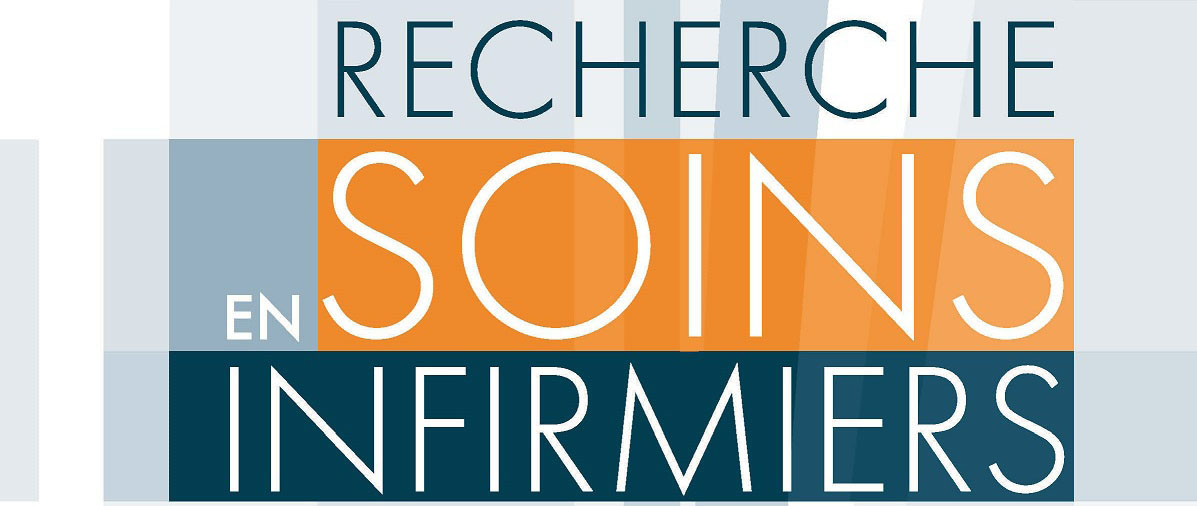Screening for undernutrition among older adults receiving home care: an estimation of the diagnostic accuracy of indicators available in the Resident Assessment Instrument - Home Care adapted for Switzerland
Introduction: in homecare practice, nurses are central actors for the screening of individuals at risks of undernutrition. Context: in Switzerland, homecare nurses estimate the nutritional status of care recipients by means of a standardized geriatric assessment done with the RAI-HC. Aims. The aim of the study is to estimate the diagnostic accuracy of the “nutritional status” score, the body mass index and the weight loss documented from the RAI-HC. Method: a sample of 267 homecare recipients aged 65 was assessed using the RAI-HC and the MNA-SF®. Sensitivity, specificity and area under the curve were estimated for the RAI-HC measures, with the MNA-SF® as the gold standard reference. Results: for the scores considered, sensitivity varied between 16.51% and 68.81%, specificity between 66.94% and 99.37%, and areas under the curve between 0.579 at 0.708. Discussion: the diagnostic accuracy of the RAI-HC indicators is not sufficient for an optimal screening of undernutrition in older homecare recipients. Conclusion: an additional assessment with the MNA-SF® is recommended to optimize the early screening of individuals at risks of undernutrition.
Keywords
- undernutrition
- elderly people
- home care
- assessment
- nursing
